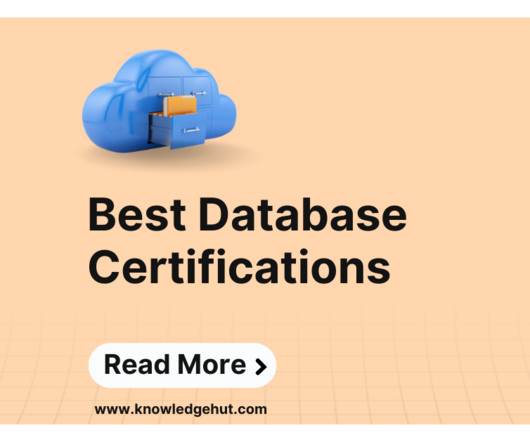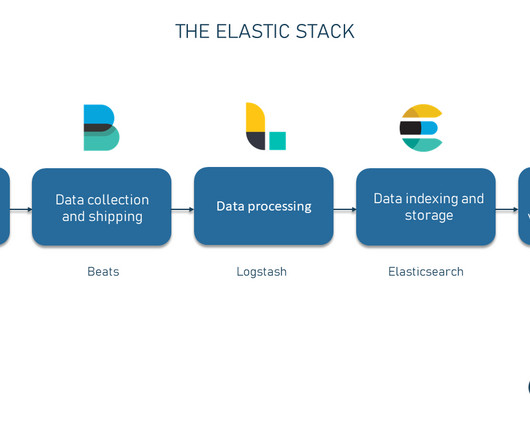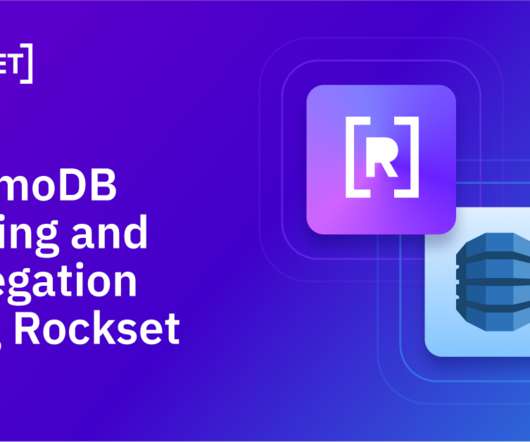Python for Data Engineering
Ascend.io
SEPTEMBER 14, 2023
Use Case: Transforming monthly sales data to weekly averages import dask.dataframe as dd data = dd.read_csv('large_dataset.csv') mean_values = data.groupby('category').mean().compute() compute() Data Storage Python extends its mastery to data storage, boasting smooth integrations with both SQL and NoSQL databases.












Let's personalize your content